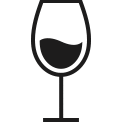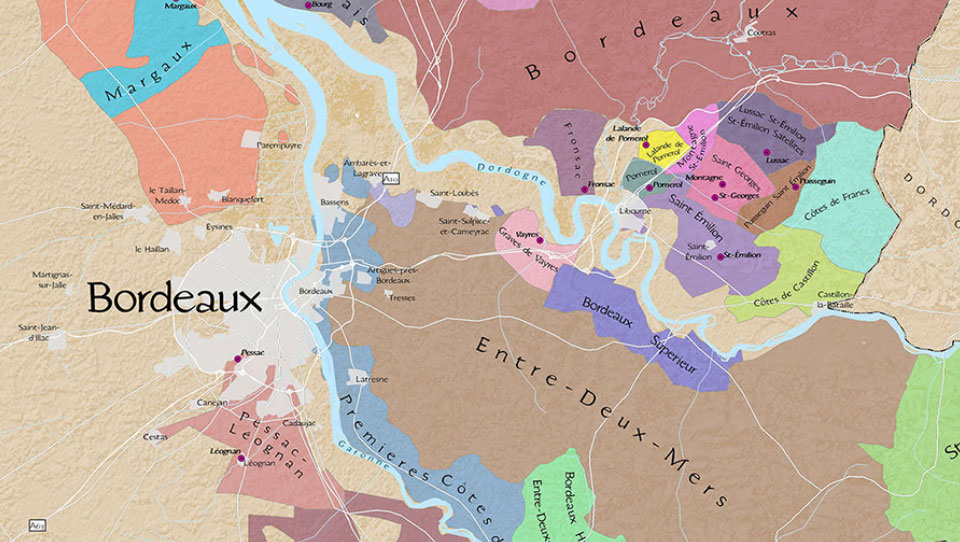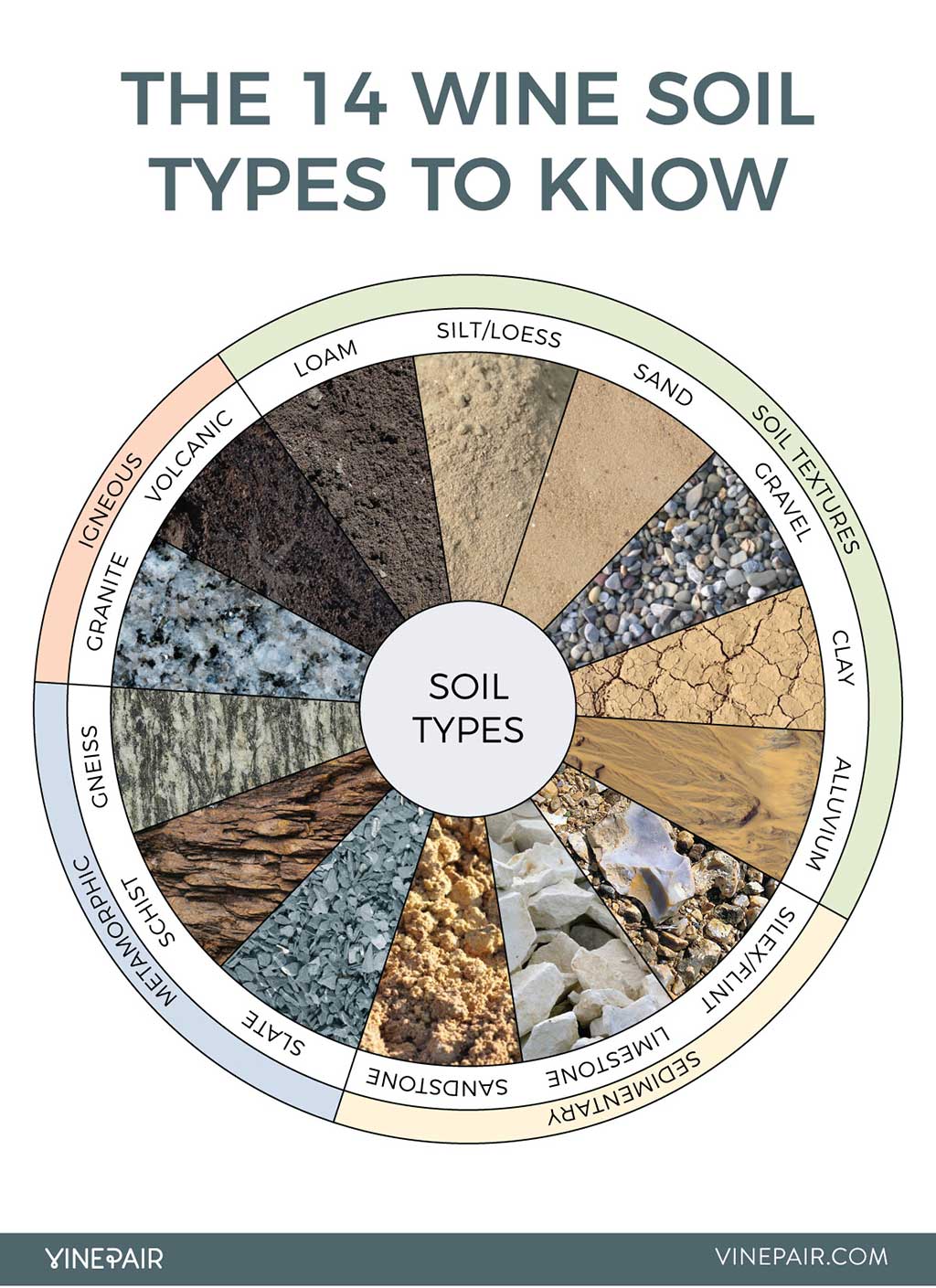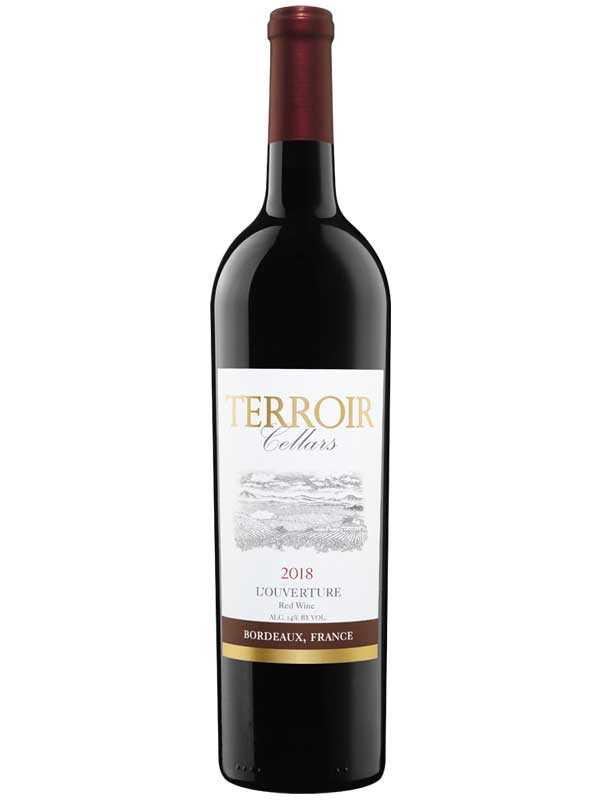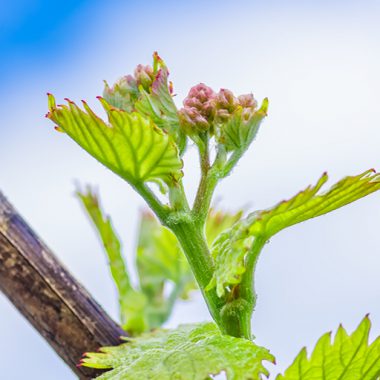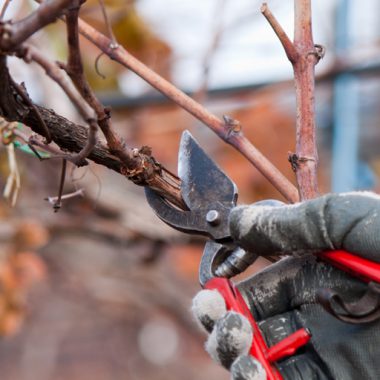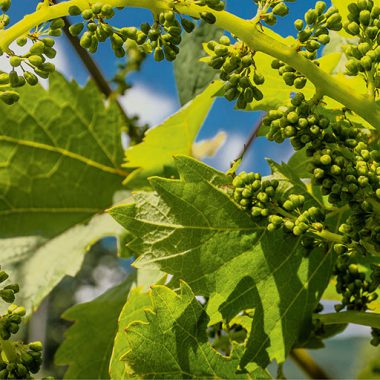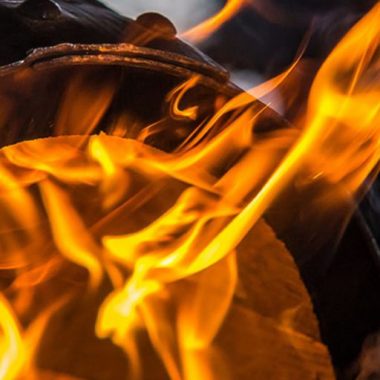Terroir Tales: Bordeaux
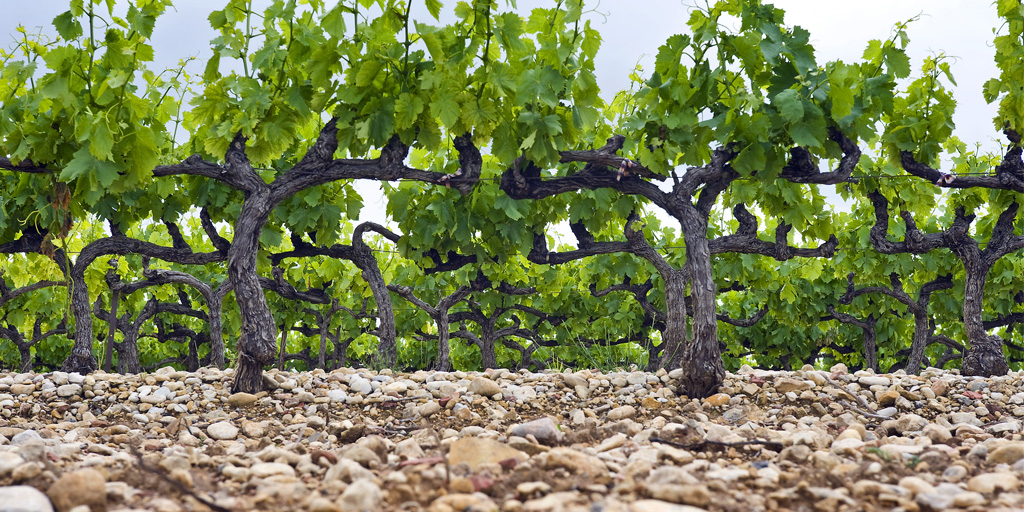
WineShop At home has been working with several trusted partners for many years. Having a direct relationship with the vineyard and winemaking team who care for our lots of wine has truly been a major key for our success. Another important factor to our success is to identify where we should source our grapes and our wines from.
This is the first installment in a series of articles that will give you more insight into the regions and vineyards that offer the greatest expression in the final wine. In February, we just released our new Terroir Cellars 2018 L’Ouverture. Here is an overview of…
The Terroir of Bordeaux
Bordeaux appellations like the Medoc, the Right Bank and Pessac Leognan or the Entre-Deux-Mers, are a complex collection of different soils within the same region.
The soil in Bordeaux is relatively poor and inhospitable. While not great for growing most types of agriculture, the soil is perfect for growing grapes. The type of soil and terroir is the most important factor that will determine the quality of the wine.
In the best soil, or should I say worst soil, the roots of the grapevines are forced to seek nutrients for sustenance, which in some extreme conditions, causes the vines to go through periods of stress. During these times, they seek moisture. When they are able to feed and develop, the grapes reach full maturity.
The soil and terroir of Bordeaux can be split into two distinctive types. On the Left Bank of Bordeaux, the best terroir is predominantly gravel-based. On the Right Bank of Bordeaux, the soil is dominated by clay and limestone.
The gravel found in the Medoc (Left Bank) plays a vital role in the grape’s development. The gravel soil in Bordeaux allows for excellent drainage. It’s also perfect for retaining and radiating heat when needed, which can aid in the ripening process. Plus, the material the gravel beds rest on assists in the retention of water during dry periods. This helps with the development of important mineral characteristics in the wine. The sensation of minerality is widely prized among many wine tasters.
Water’s Effect on Terroir
The lack of water in Bordeaux vineyards, at the right time, creates vine stress, forcing the development of grapes instead of their leaves and canopies. This helps produce smaller berries with a higher juice-to-skin ratio and naturally brings about lower yields. The end result is a wine with more concentration and flavor.
The higher the level of ripeness in the fruit, skins and seeds delivers more sweetness, lower levels of acidity and a higher pH, which will, in turn, soften the tannins and allow for silkier, more velvety textures in the wine. This produces a fresher wine with a better sensation of purity in the fruit. The combination of the correct soil and the right vines will regulate the water supply to the vines, and thus the amount of nutrients the vines receive.
Vineyard Management
Bordeaux growers manage their vineyards with low yields. This methodology is extremely important because it increases the concentration in the wine. Rootstocks, grape variety clones, higher levels of vine density, green harvesting, pruning and bunch-thinning are used to control the quality. For example, there are producers with great terroir in St. Emilion that routinely produce wines averaging 300 gallons per acre.
In the 1960s, many vineyards began using pesticides and chemical fertilizers, which sickened the vines over time. Yields rose and quality lessened. Today, almost all serious growers have stopped using pesticides, chemical fertilizers and weed killers, and have instead embraced organic, biodynamic or self-sustaining vineyard management. This has resulted in healthier soils that are less prone to disease and now deliver lower yields.
Climate of Bordeaux
The climate of Bordeaux is a temperate maritime climate located at the 45th Parallel, placing Bordeaux right smack in the middle of the equator and the North Pole. Bordeaux enjoys a unique climatic advantage that other famous wine-growing regions do not have. The average temperatures throughout the year are mild and the cool nights give the region a great advantage. The chill in the night air adds the much-needed acidity to the grapes, which is what gives Bordeaux wines their unique, fresh qualities and elegant textures.
During the growing season, which takes place from April to late September, the vineyards receive about 1,400 hours of sunlight. Bordeaux receives close to 35 inches of rain per year. In cooler areas, white grapes are also thriving. Sauvignon Blanc is the dominant grape across all the terroir of Bordeaux. Semillon is the next most popular grape followed by Sauvignon Gris and Muscadelle.
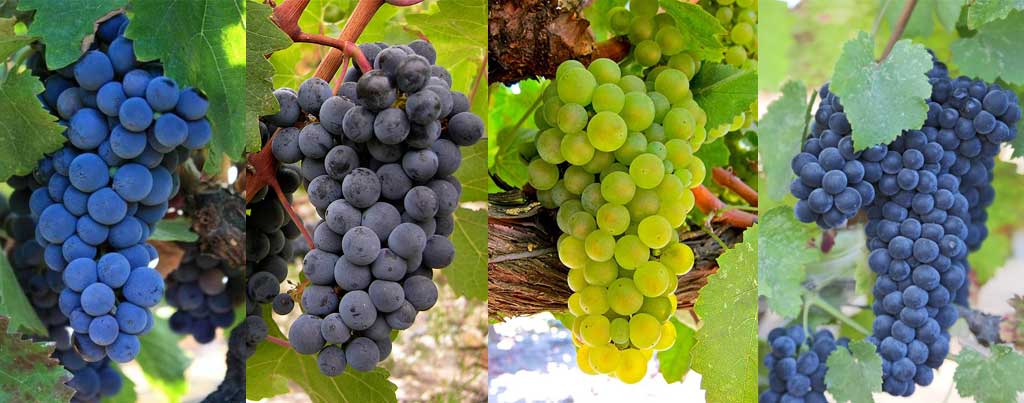
For the reds, Cabernet Sauvignon is the most important grape in the Medoc, Pessac Leognan and Graves appellations. Merlot, followed by Cabernet Franc are found in larger quantities on the Right Bank. Small amounts of Malbec and Petit Verdot are planted all around the Bordeaux appellations as well.
The best terroirs have soils with limestone, clay, gravel, sand and iron deposits. When I worked at Petrus in Pomerol, the vineyard was part of the famous, “croissant of blue clay and gravels”. This unique combination produces one of the most sought-after red wines in the world.
Our Terroir 2018 L’Ouverture was produced from several vineyards on the Right Bank. Enjoy this wine now and experience all of the beauty the terroir of Bordeaux has to offer.
